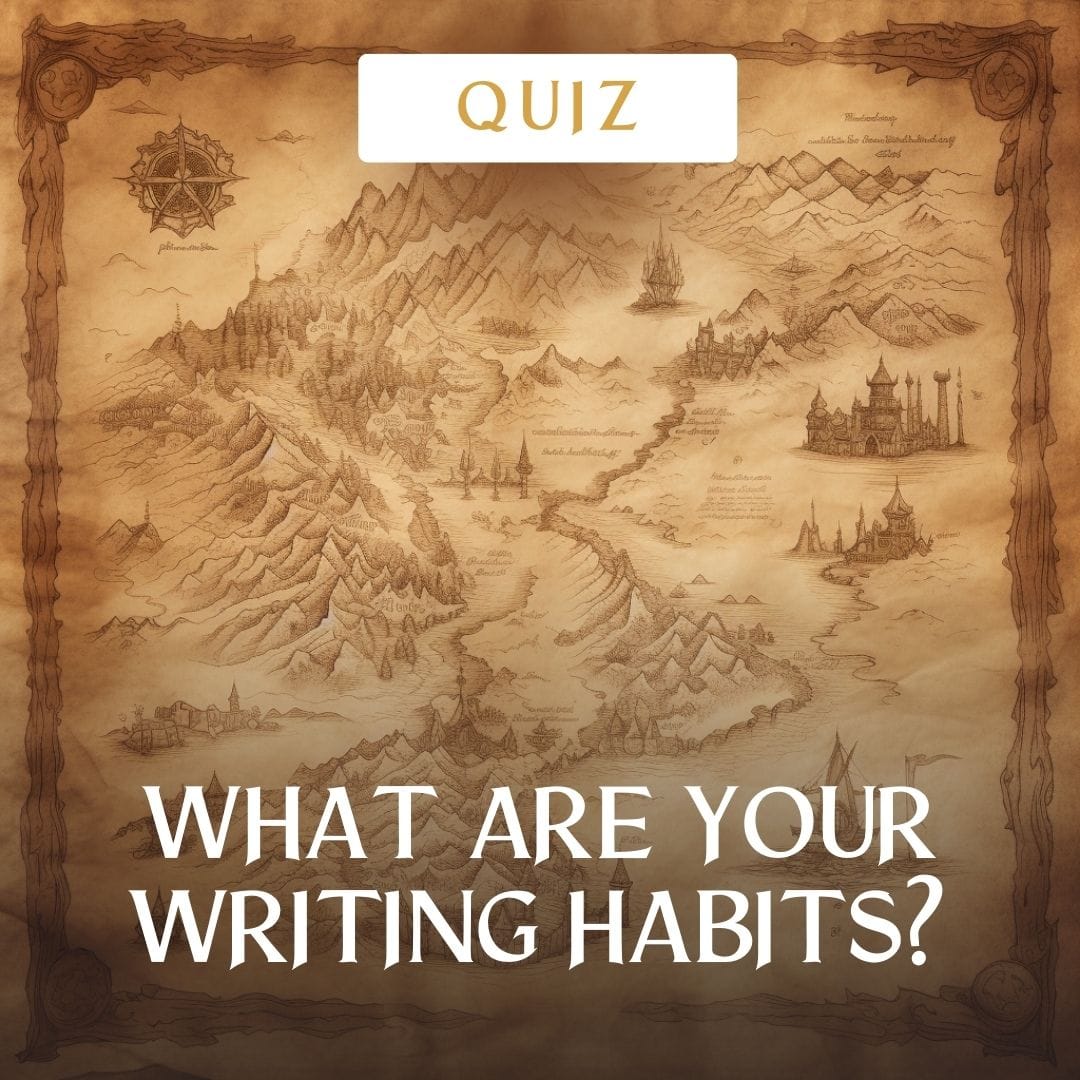A lot of beginning writers fall into a ‘mind trap’. Literally; they try to show us what their character is thinking, and spend way too much time in their head rationalizing, thinking about action. They get stuck in their brain, and everything else stops.
I’m a prime suspect; I look back at my old writing and cringe at the amount of thinking I had going on for a character’s decisions. Way too much headspace to keep a reader interested.
The tendency to keep dialogue in the character’s head is an easy one, but drawing them out into conversation makes for much a more dynamic scene. Not to mention that plenty of space on the page and lots of dialog marks is always a visual cue to a reader that your story is interesting.
Think of your scenes like a play; imagine all you had was dialogue to convey ideas and move the plot forward.
Always Have Someone To Talk To
A basic rule of thumb to keep interest and action up in your plot is to always have someone to talk to, whether sidekick, competent friend or other. Think of any of your favorite TV shows; there is at least two people in any given scene to communicate ideas and keep the action going.
There are a couple of important reasons for this.
Having a conversation affords us more opportunities to see how they treat others, how others treat them, showing us what their environment is like through the elements they interact with.
By externalizing the discussion, or the flow of ideas, you allow for the interplay of personality.
Personality is just as important as anything else in your story; we often enjoy or fall in love with a character because of how they express themselves. Discussion is a prime chance to continue exploring who our characters are through what they’re talking about.
Think of the last film you watched with lots of focus on only one character, without someone to talk to. If my memory serves, they do plenty of ‘doing/action’, or there’s a narrator. Or they paint a ball and call it Wilson.
In stories, our characters have to externalise.
Keep a Character Moving
That being said, internalizing is important, because writing is the only medium that lets you portray thought flow in a more immediate manner than plays or film.
While doing it, keep the character moving so that the scene remains interesting. Have them travelling, or in the process of working on a project. Especially in the beginning of a story, keep your character moving to draw in the reader.
What are they feeling – and how can you show me they are feeling it? Don’t describe the emotion; have them doing something to express the emotion.
Standing staring out a window with a scotch and ruminating for three pages about plot points that set up the story can run the risk of being boring – unless you have plenty of questions and some answers to give to keep it interesting.
If they’re doing nothing, then ensure the environment is active, or there’s something to pay attention to. The more focused the environment, such as a sniper or a mom on a bus, then there’s loads of details to distract the character, or plenty of tiny elements that they can focus on while their minds are busy.
Pay Attention to the Environment
Keep us grounded in the immediacy of the scene by not only showing us what they are feeling, smelling and seeing, but what is interrupting them from their reverie.
This is a really important point. If your character is stuck somewhere and forced to be unmoving, then they will be paying attention to details in the environment. Think of someone fishing, or waiting in a dugout for an early morning shot, or holed up at midnight in an iron cage. Each one of these scenes can be full of sensory detail.
If you’re describing something like the ‘Count of Monte Cristo’, stuck in a cell and familiar with every crack and cranny, then think about his routines. Go over the familiar details while he is thinking. Don’t just have him sitting still in a corner, staring at the pocket of light on the wall, in silence.
Unless that is an important aspect of your scene and character.
And in that case, you have to be prepared to be specific. If the action can’t be conveyed through your character, then you need to provide answers and questions.
Stop the hinting.
Trying to be vague, to hint at plot points so that you’re not giving too much away, is a mark of a noob author. ;)
Why? Because it’s poor writing. There’s a difference between being vague, and not having all the answers. What they know, they have to be clear about. Perhaps the focus is spending time on the questions, using them to unlock different facets of the answer.
Three things to always keep in mind.
- A good author knows what the scene is meant to be doing for their plot.
- They know what sorts of questions and answers the reader needs to keep turning the page.
- They make sure that the character is heavily invested in those Q&As, that it matters to them, otherwise why will the reader care?
These are general brushstrokes on a blank canvas. :) Keep them in mind the next time you’re writing a scene, and see if it helps you improve your delivery.
And let me know what you think!. :)




0 Comments